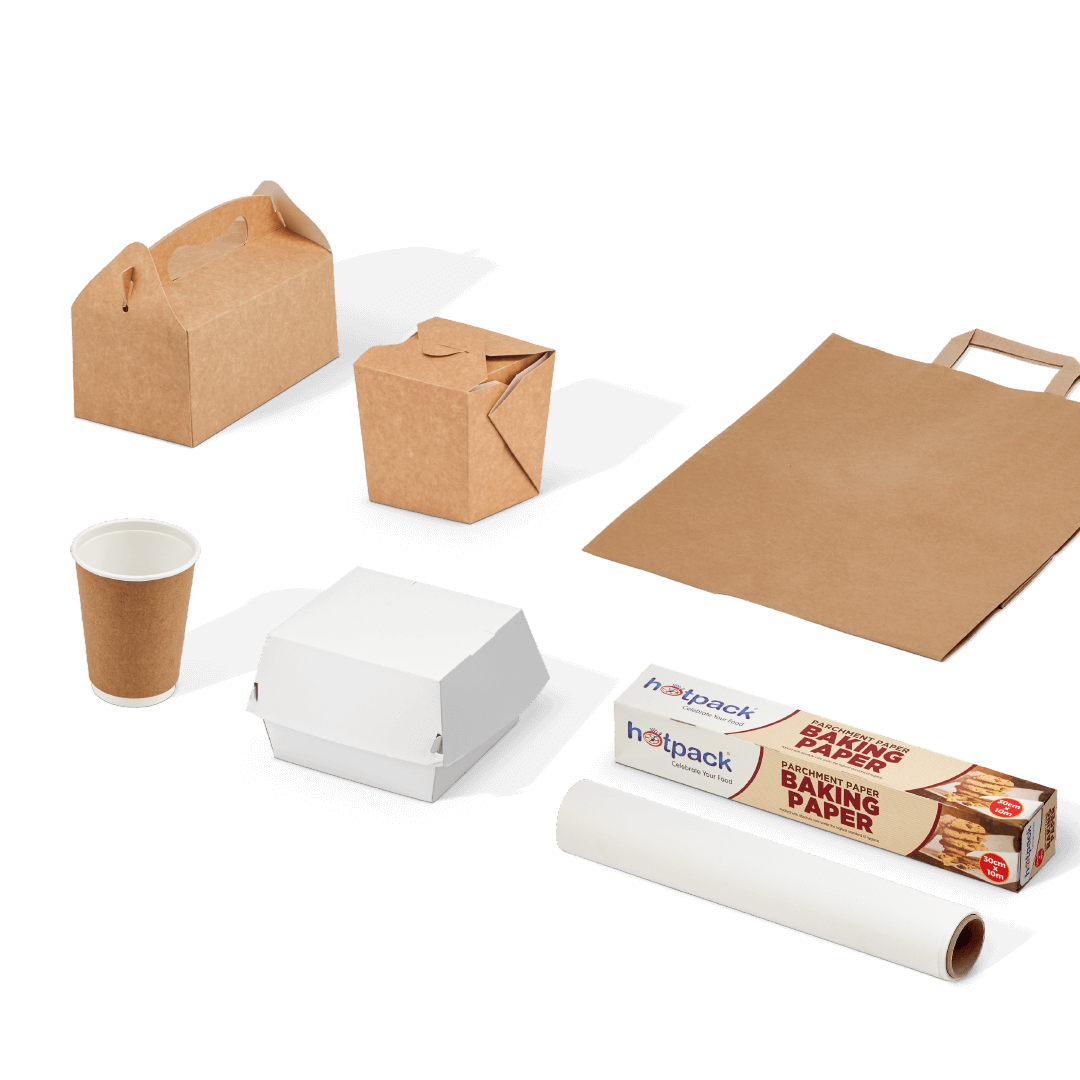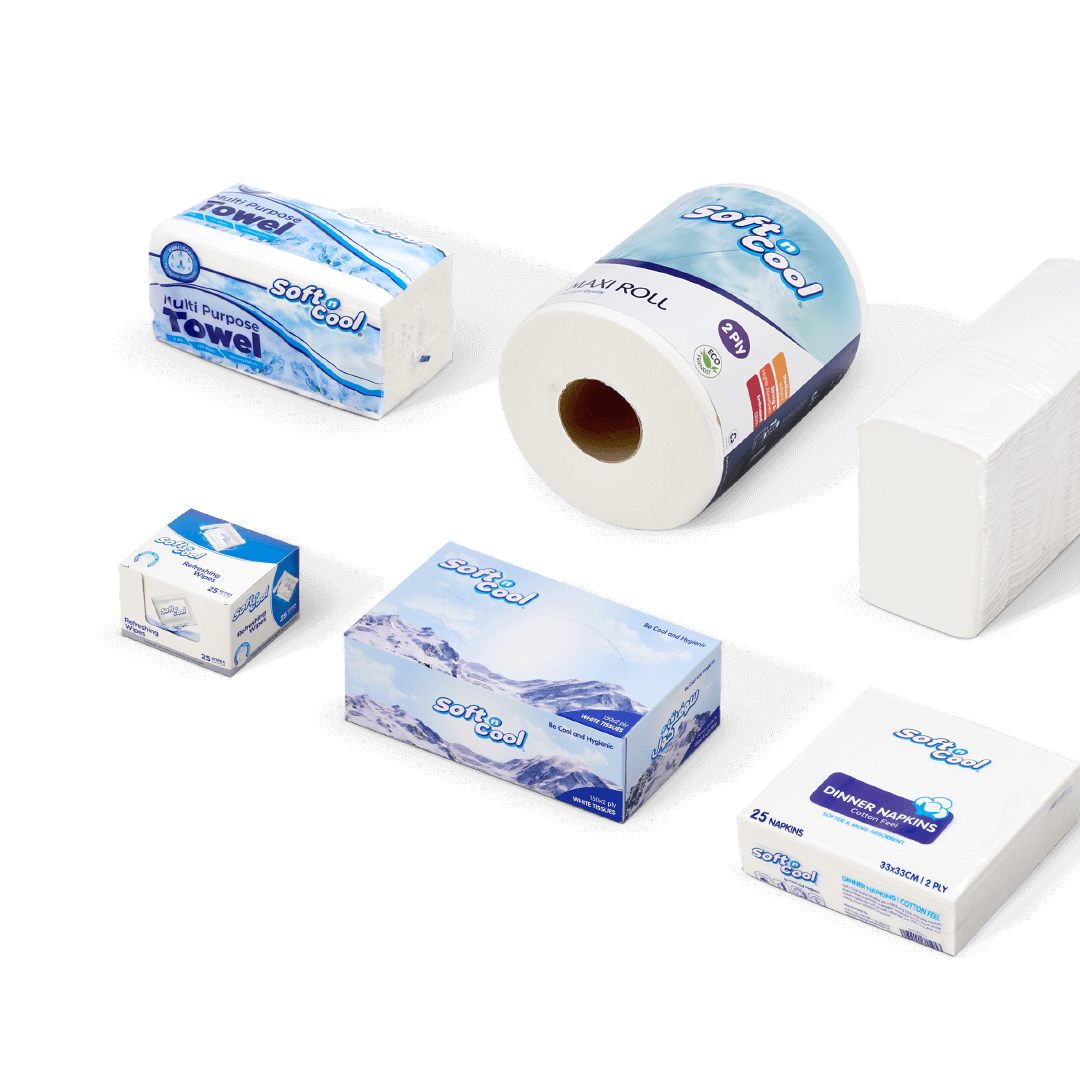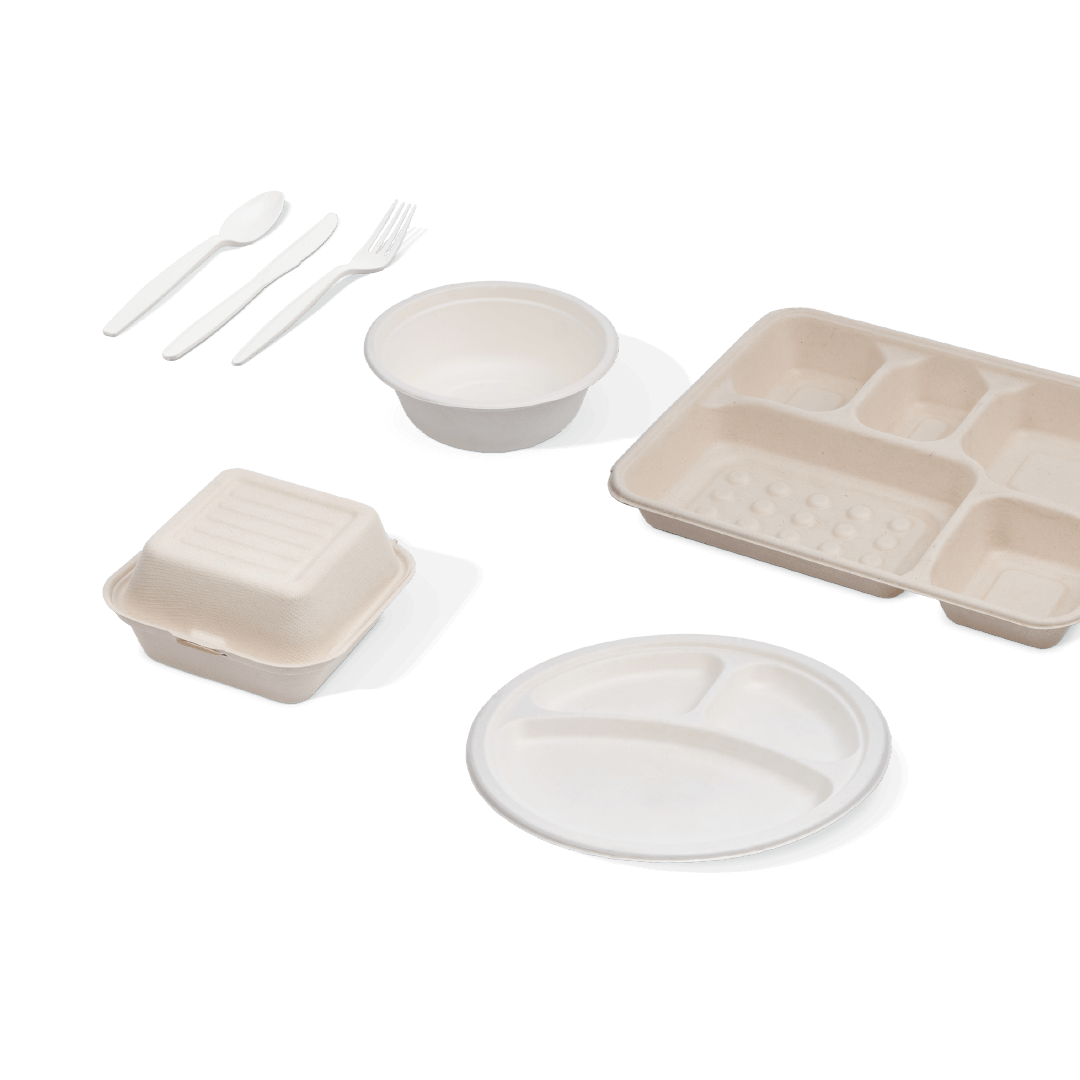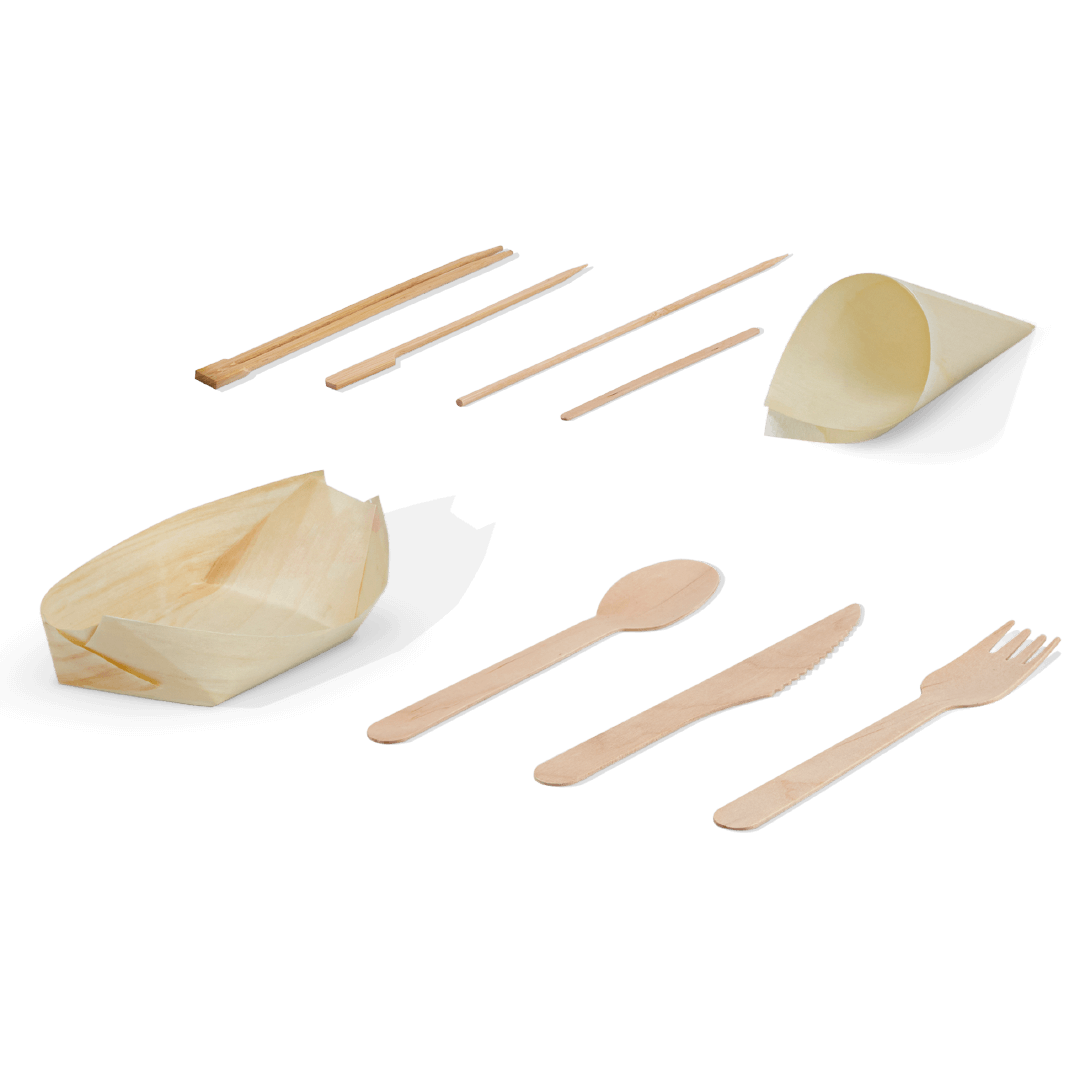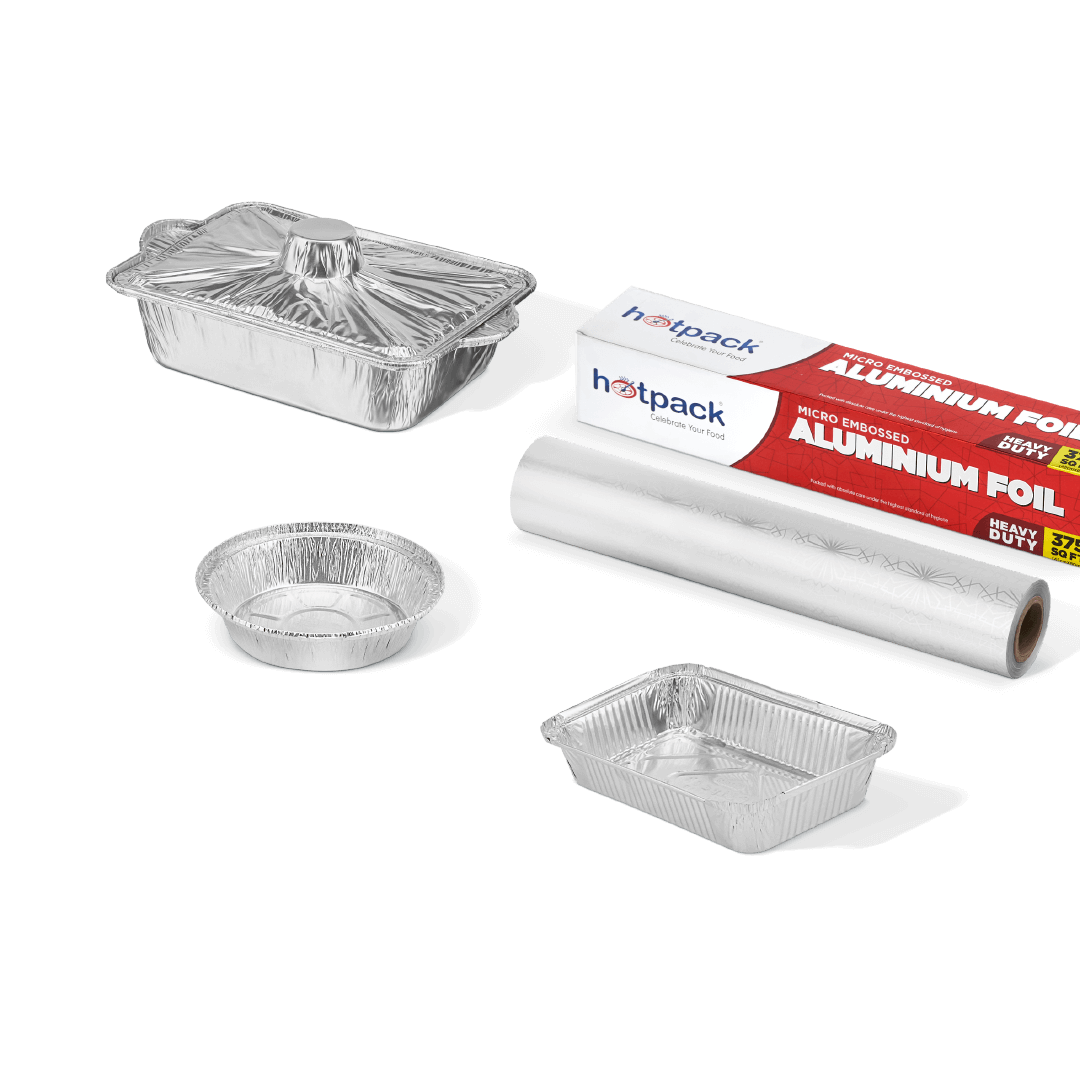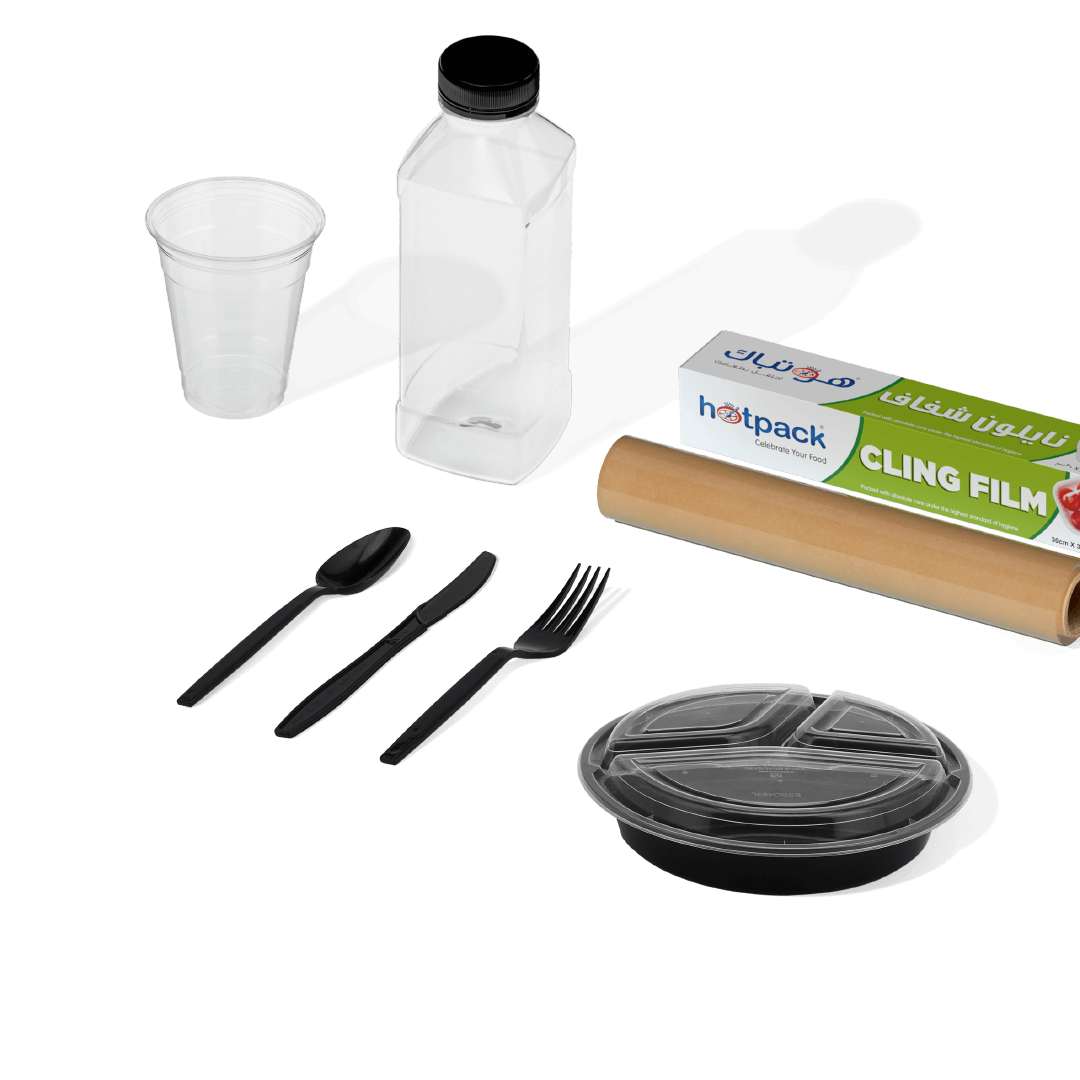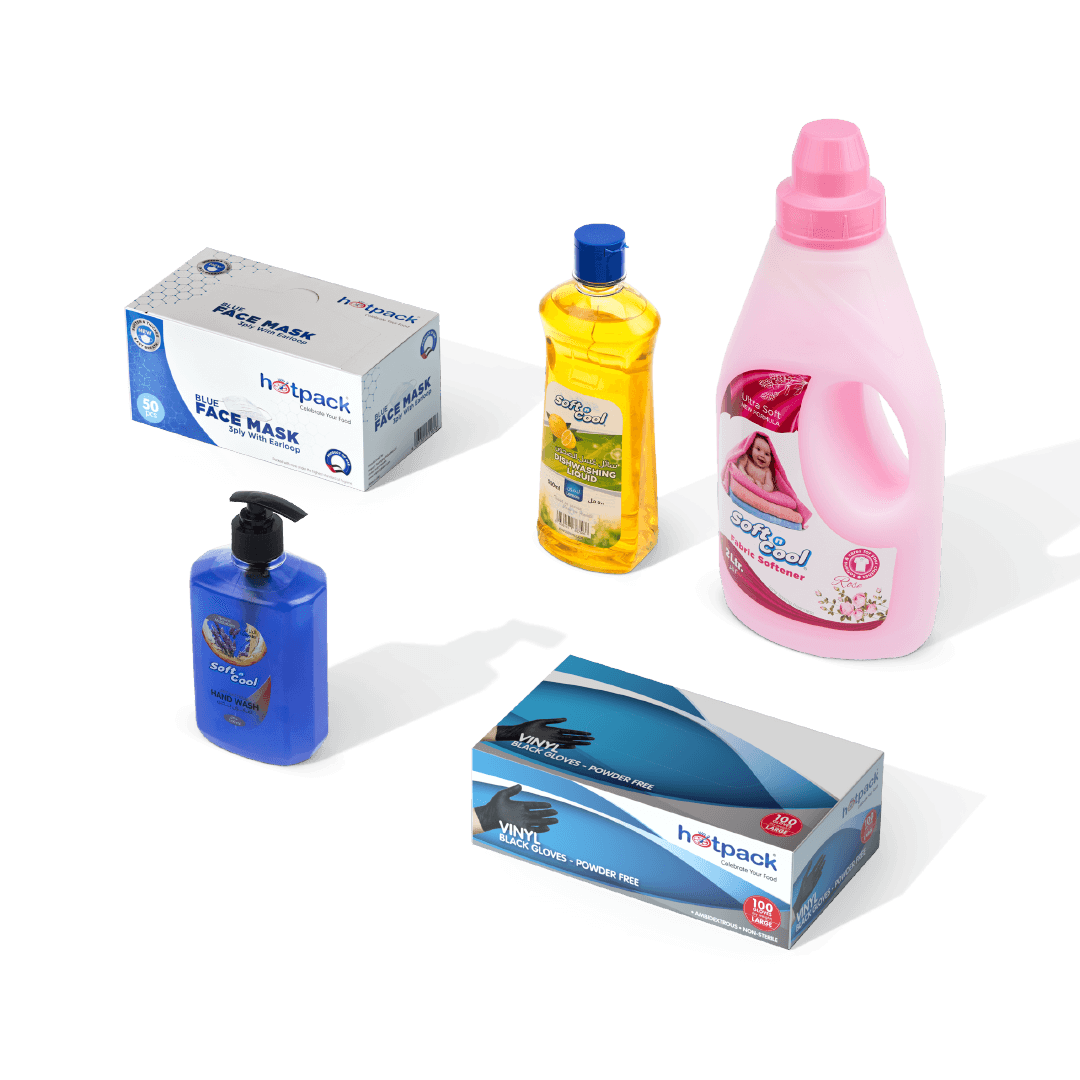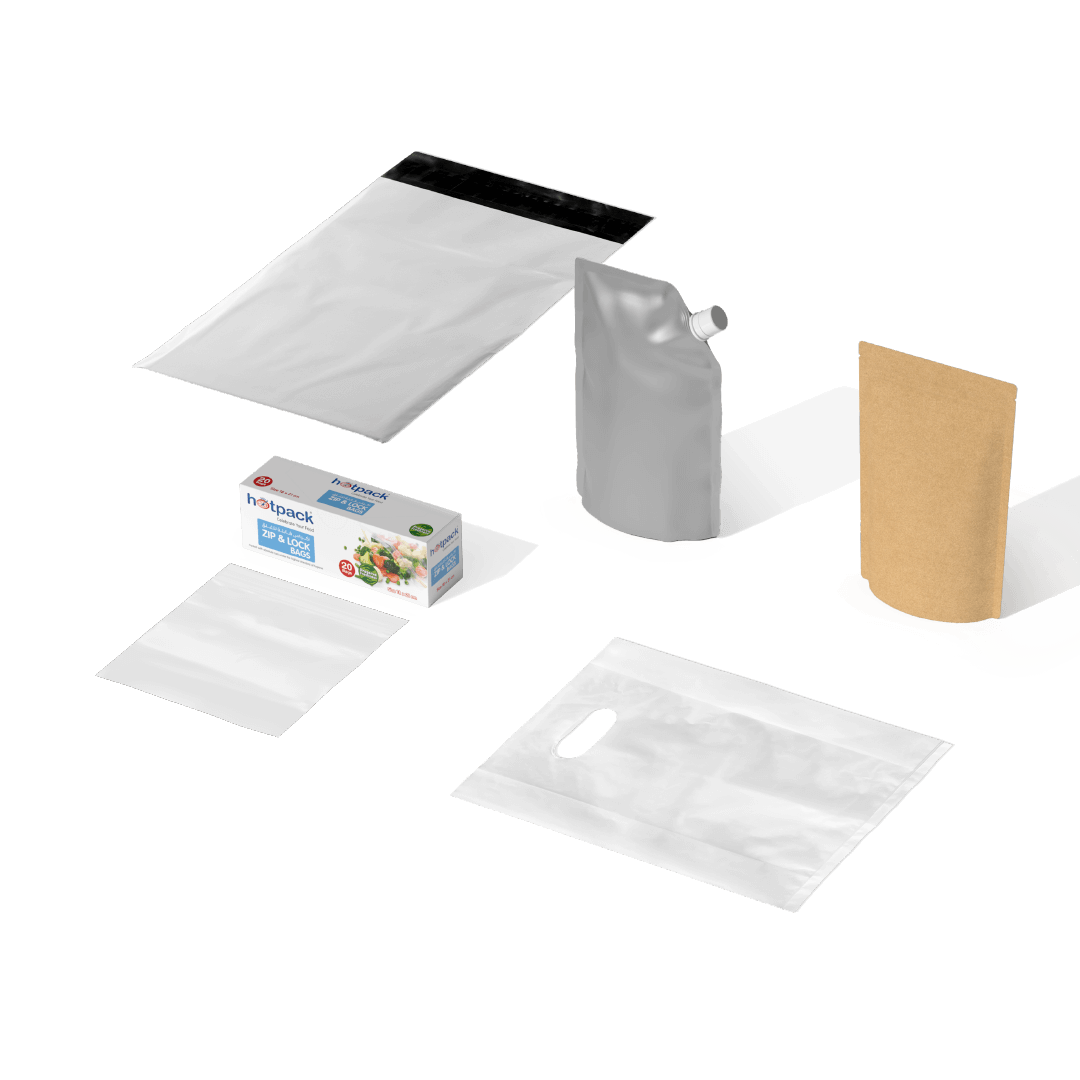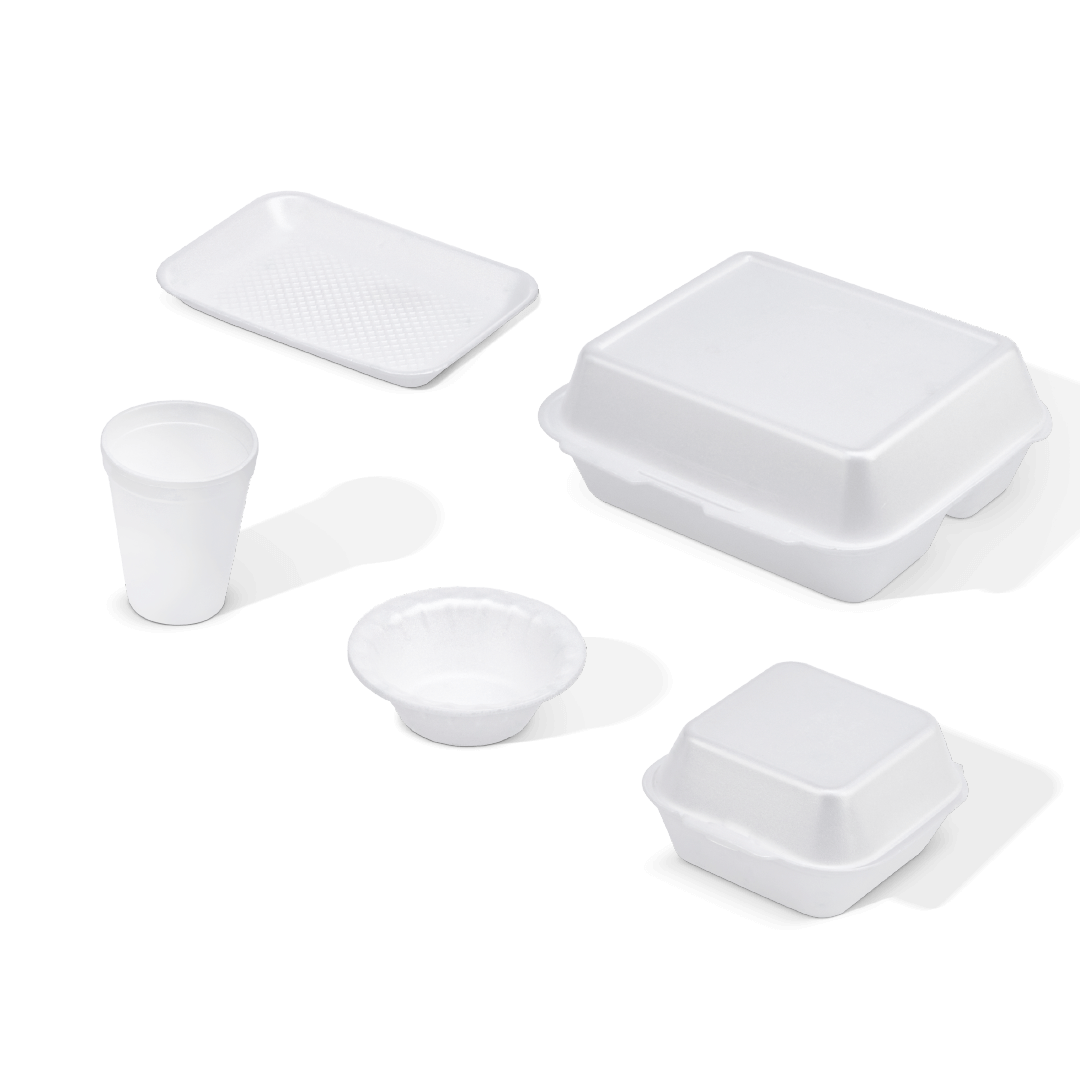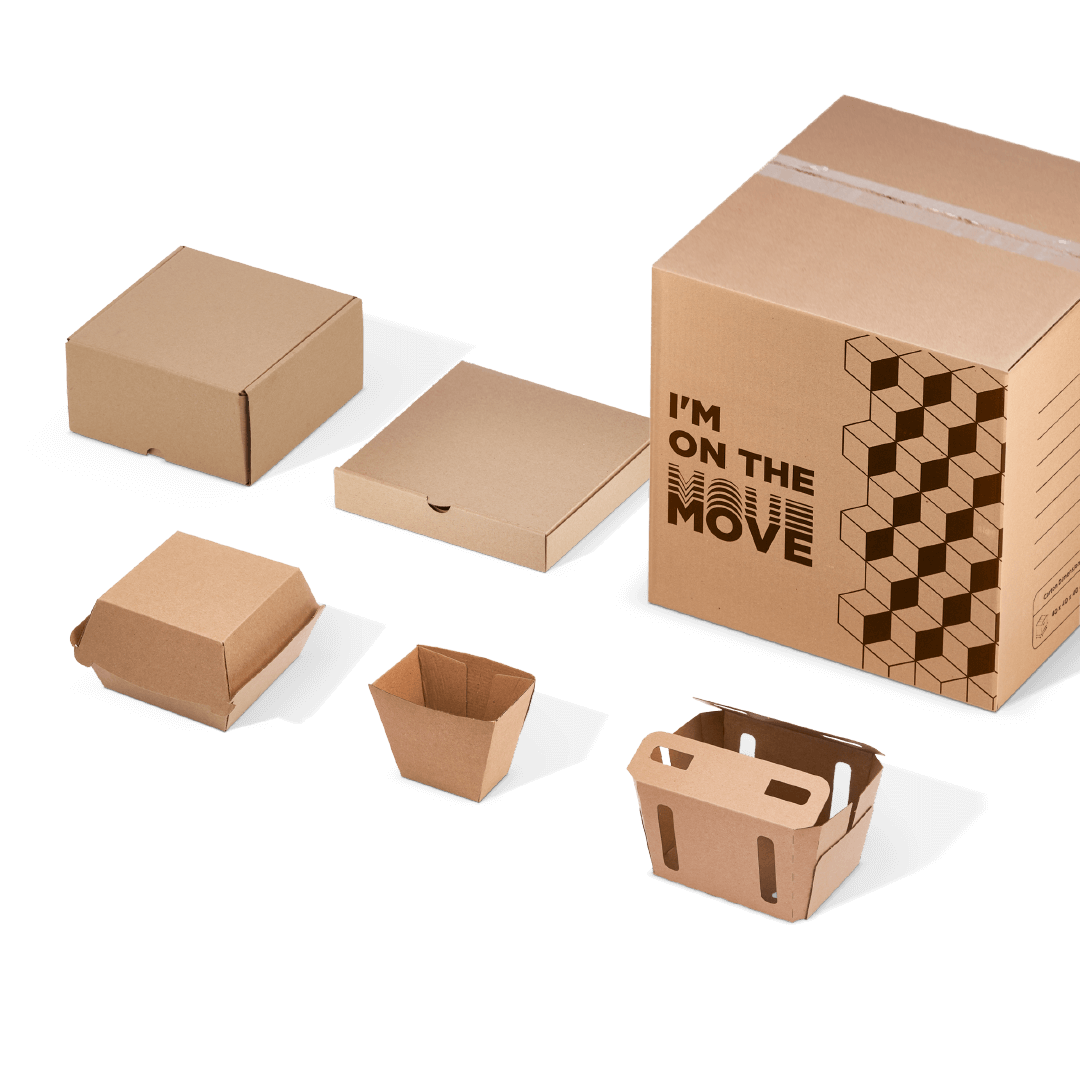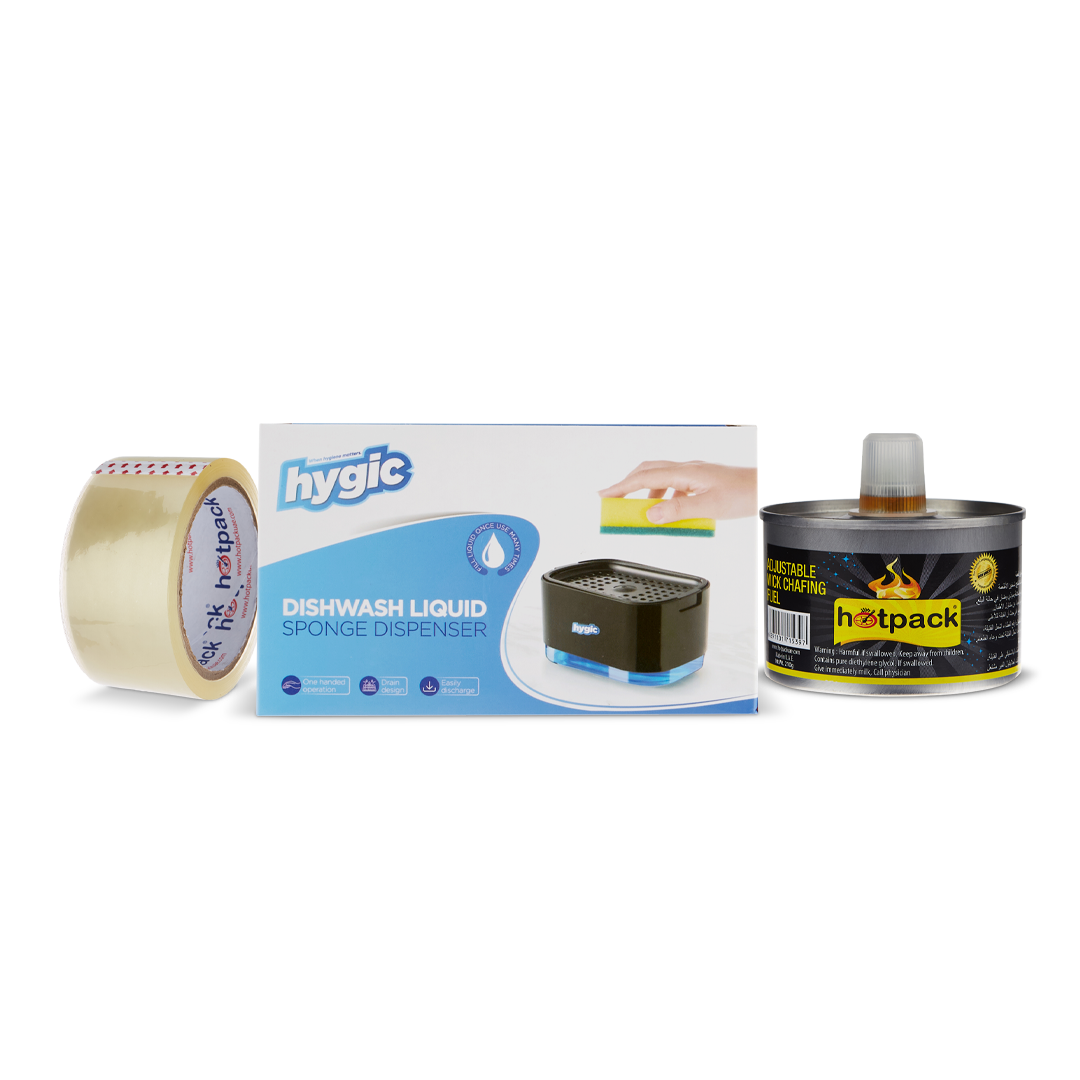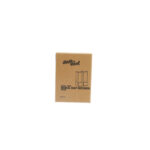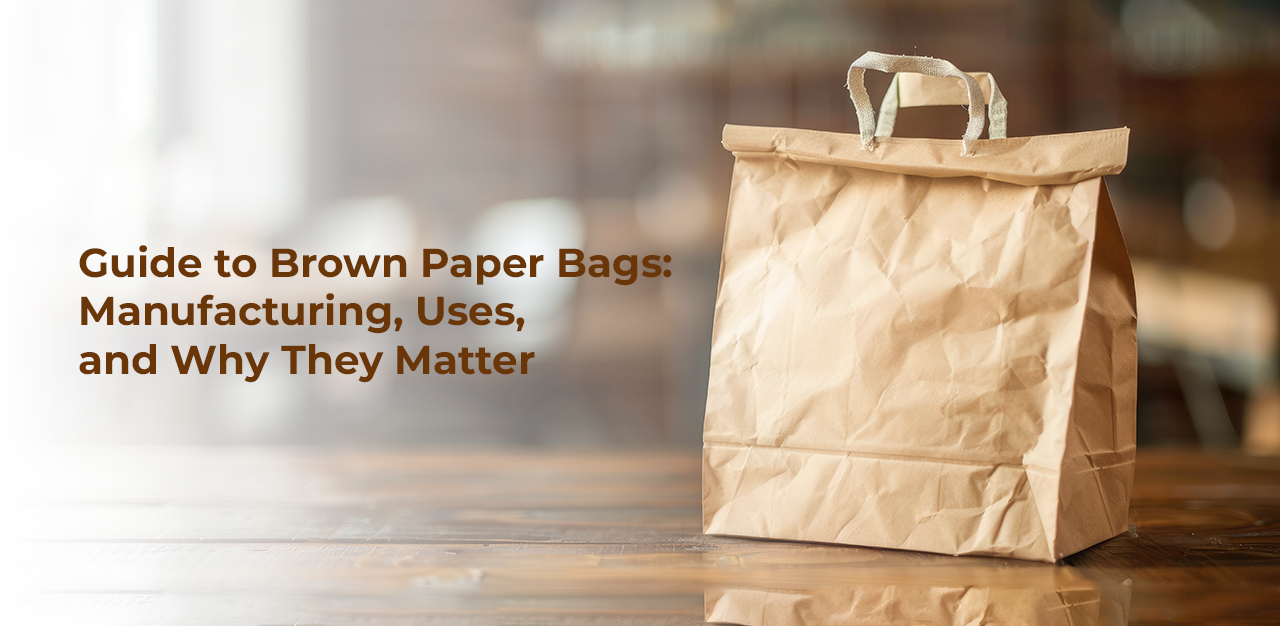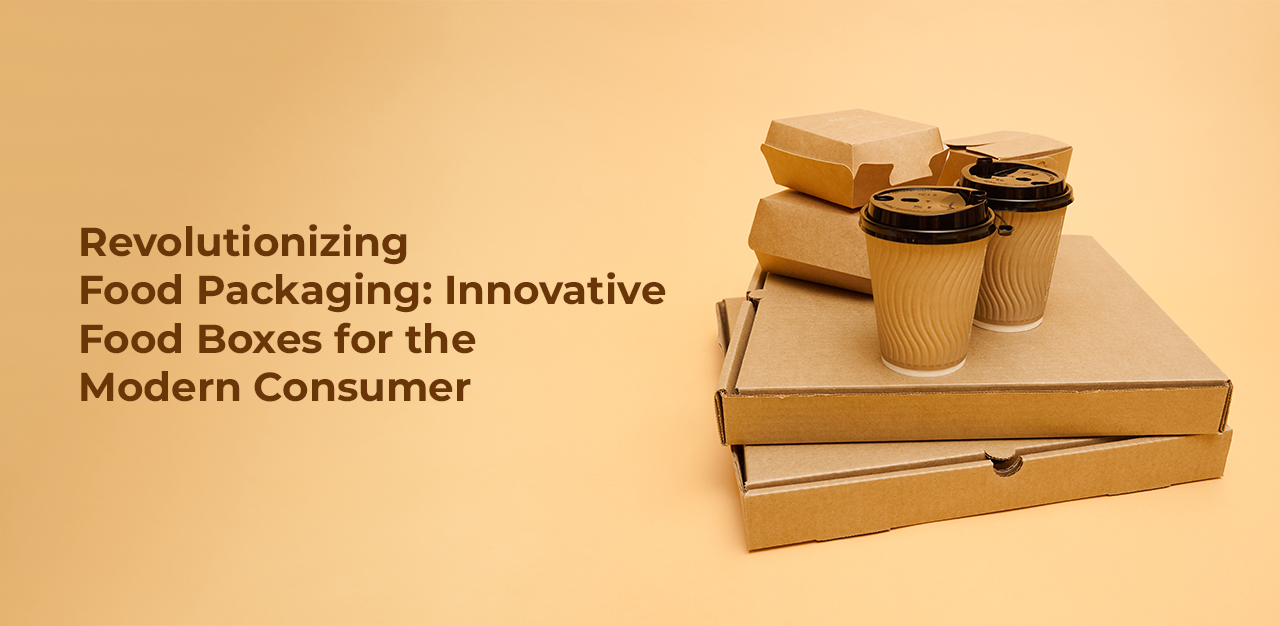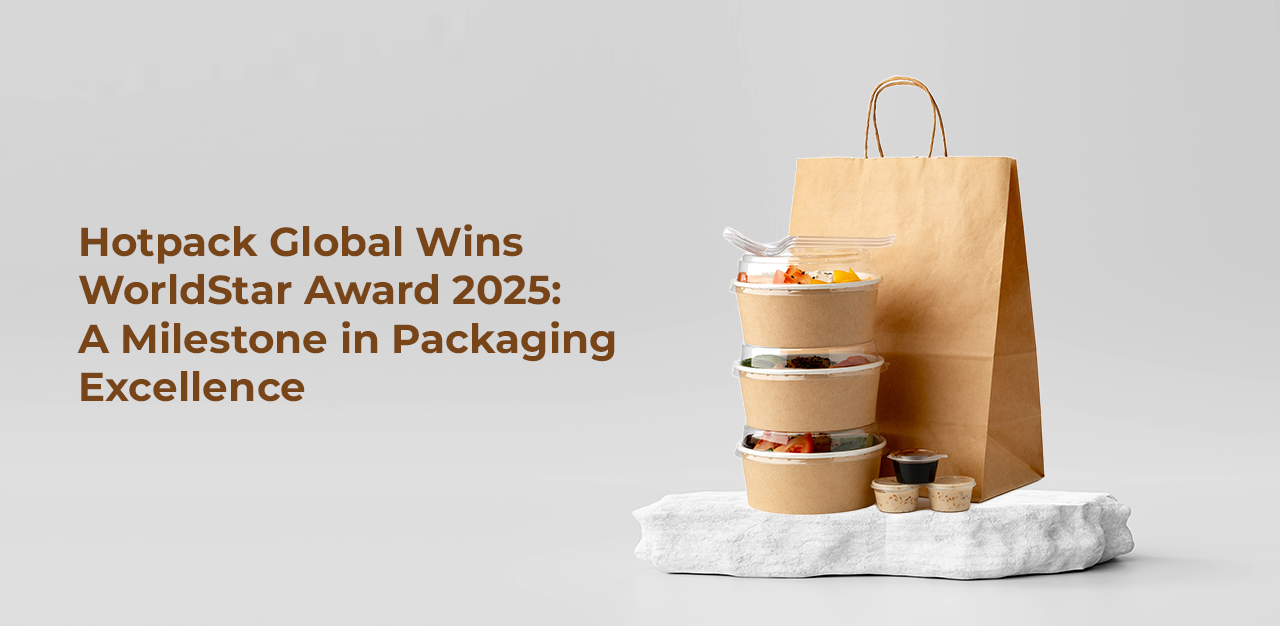The choice of materials is crucial in the ever-changing realm of food packaging since it acts as a cornerstone for maintaining freshness, guaranteeing safety, and improving the customer experience. Manufacturers of food packaging items are leading this evolution and are always coming up with new ideas to satisfy a market that is changing quickly.
The industry is broad and includes a wide range of materials, with a focus on manufacturing flexible packaging. This adaptable category, which uses materials like plastic, paper, and aluminium foil, reduces waste and can accommodate a variety of product shapes, which is in line with modern sustainability objectives.
As the food packaging business develops further, manufacturer cooperation and the search for novel materials will be crucial in shaping a future where efficiency, security, and environmental awareness live side by side on the shelves of our busy marketplaces.
Let’s look at the various kinds of food packaging materials that are available; each has a special set of benefits and qualities.
-
Paper-based Packaging
Paper is still a common material used in packaging since it is a timeless option. It is well known for being affordable, environmentally friendly, and versatile. Paper-based materials offer a sustainable choice for packaging a range of food products, from corrugated boxes for shipping to paper bags for shopping.
-
Flexible Packaging
Flexible packaging has become the industry leader in a time when convenience is of the essence. This category comprises wraps, bags, and pouches composed of aluminium foil, paper, and plastic. Manufacturing flexible packaging is becoming more and more popular for a variety of food goods since it is lightweight, easily adjustable, and minimizes waste.
-
Biodegradable and Compostable Materials
Biodegradable and compostable materials are becoming more popular as sustainability becomes more of a priority. The natural breakdown of these materials lessens their impact on the environment. To meet the increasing demand for environmentally friendly products, the industry is investigating creative solutions, such as plant-based plastics and compostable packaging composed of materials like cornstarch.
-
Recycled Materials
In keeping with the circular economy, a lot of packaging is being made of recycled materials. These materials, which range from PET bottles made from recycled plastic to recycled paper and cardboard, help lessen the need for virgin resources and support a more sustainable packaging ecosystem.
Benefits of using Food Packaging Materials
- Preservation of Freshness: Food packaging materials are like steadfast protectors, keeping out air, light, and moisture, the three main enemies of perishables. The integrity of the packaged contents is precisely preserved in this protective cocoon. Maintaining freshness is essential to ensuring that each bite has the desired quality and flavor, rather than just being a luxury. These materials are essential to maintaining the integrity of culinary pleasures from manufacture to consumption since they serve as guardians against the elements.
- Ensuring Safety: Packaging materials serve as a first line of defence in maintaining food safety by creating a barrier that keeps outside contaminants out. This barrier serves as a resolute barrier against any risks during the complex dance of transit and storage, keeping contamination at bay. The importance of packing materials in guaranteeing consumer safety and compliance with strict health and safety regulations cannot be emphasized. It serves as a silent, yet incredibly important, guardian, making sure that what is placed on the plate is a guarantee of safety as well as food.
- Improving the User Experience: Packaging is the first point of contact between the product and the user, and it’s at this crucial point that first impressions are made. Packaging becomes an experience when design and utility come together, impacting customer choices and building long-term brand loyalty. Packaging goes beyond being a simple container to become a storyteller, describing the qualities of the goods inside. Food packaging materials play two roles in this domain: they design an immersive customer experience and serve as a quiet curator of quality. Every visual component, texture, and design enhances the user experience and gives each interaction with the product a special significance.
Hotpack Global: The Best Food Packaging Products Manufacturers
Since its founding in 1995, Hotpack Holding and Investment Ltd. have woven a tradition of quality into the food packaging sector, making it a formidable force to be reckoned with. The company has led the way in producing food packaging product manufacturers for a variety of industries through its subsidiaries, including Hotpack Packaging Industries.
Hotpack’s broad range of products, which include everything from paper and aluminium to plastic and have a special emphasis on eco-friendly substitutes, reflects its dedication to innovation. The company’s modern, state-of-the-art, 2 million square foot manufacturing facilities demonstrate its commitment to efficiency and progress.
Hotpack serves markets all over the world with over 28 locations, guaranteeing premium goods at affordable costs.
Hotpack is a leader in the market thanks to its complete food packaging solutions, which serve as a “one-stop shop” for food service and domestic consumers. We are a shining example of innovation and progress when it comes to the manufacturing of flexible packaging, food packaging materials, and food packaging products.

